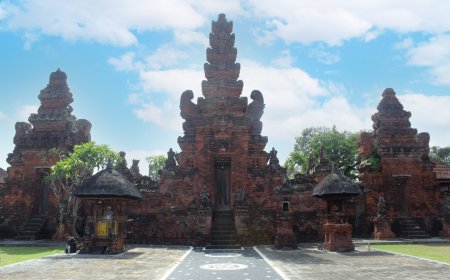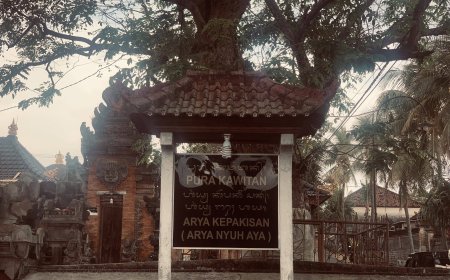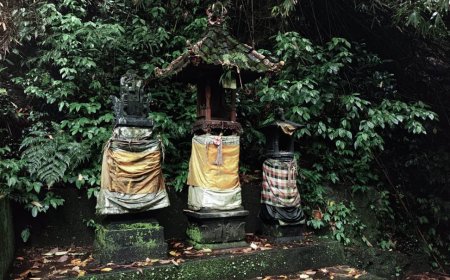Exploring the Charm of Pakendungan Sublime Temple in Balinese Tradition
Pakendungan Sublime Temple, located to the west of Pura Tanah Lot in Desa Beraban, Kediri District, Tabanan Regency, was built in 1408 AD (Saka 1330). The temple was completed before the arrival of Dang Hyang Nirarta, a revered priest also known as Dang Hyang Dwijendra or Pedanda Sakti Wawu Rauh. Upon arriving in Desa Beraban, Dang Hyang Nirarta taught various religious knowledge and skills to the local community.
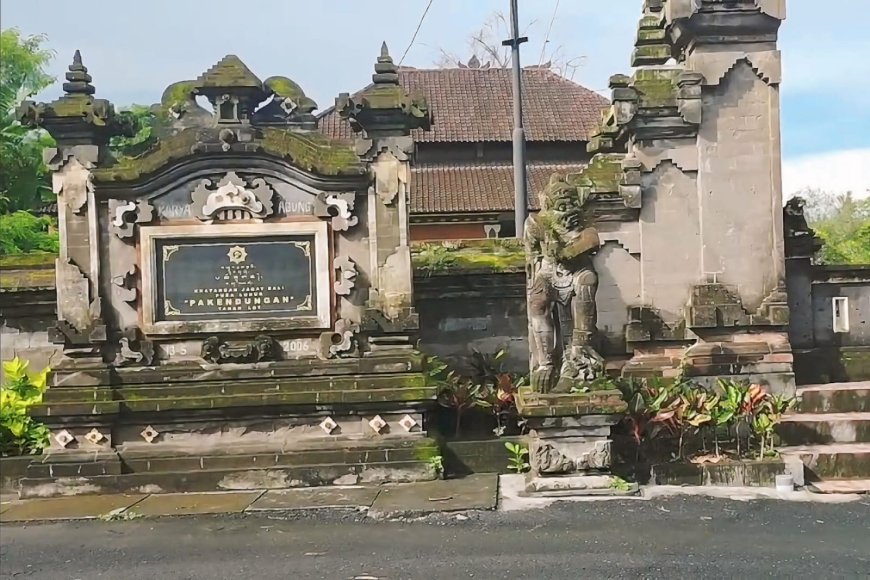
The temple is venerated by the Hindu community as a place to pray for prosperity. At Pakendungan Sublime Temple, Ida Hyang Widhi Wasa is worshipped in His manifestation as Hyang Sadhana Tra, who is believed to maintain the well-being of Desa Beraban and its surroundings. The temple also plays an essential role in agriculture, as it is believed to protect crops from pests and diseases. If a pest or disease outbreak occurs, the local community holds a ceremony at the temple to neutralize it.
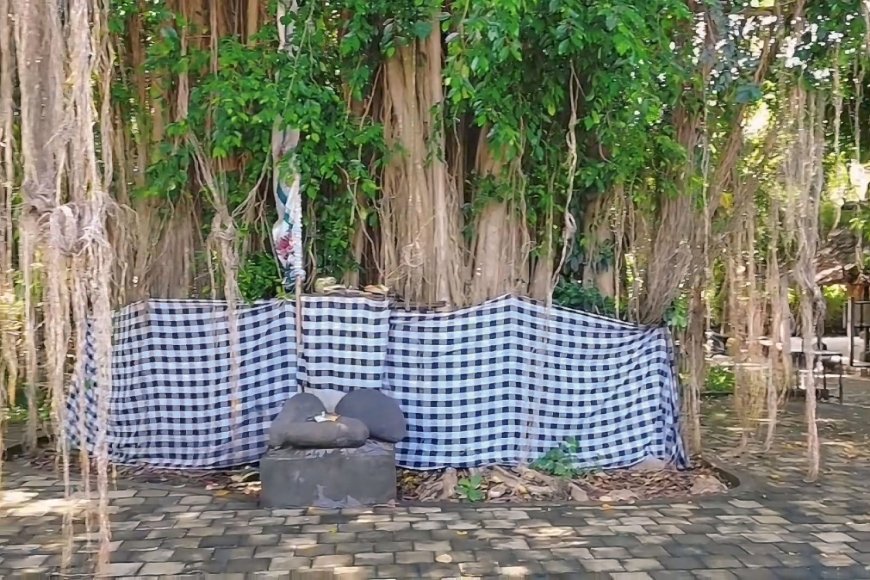
Sacred Tree of Pakendungan Sublime Temple (Source: Personal Collection)
Pakendungan Sublime Temple holds a deep historical connection with the powerful sacred heirloom, Keris Ki Baru Gajah. This Keris was bestowed by the highly respected spiritual figure, Dang Hyang Nirarta, to Bendesa Sakti, the local village leader. The keris is believed to possess immense mystical power, specifically in warding off pests and diseases that frequently threaten the village’s crops. Beyond its agricultural significance, Keris Ki Baru Gajah is regarded as a symbol of protection for the people of Desa Beraban and the surrounding areas, helping maintain the balance of nature and ensuring the fertility of the land. The name "Ki Baru Gajah" stems from a legend in which the keris was used to defeat a mythical creature known as Ki Bhuta Babahung, described as a being with an elephant's head. Currently, this revered keris is enshrined at Puri Kediri, in Tabanan Regency, where it is carefully preserved and revered as a sacred spiritual relic.
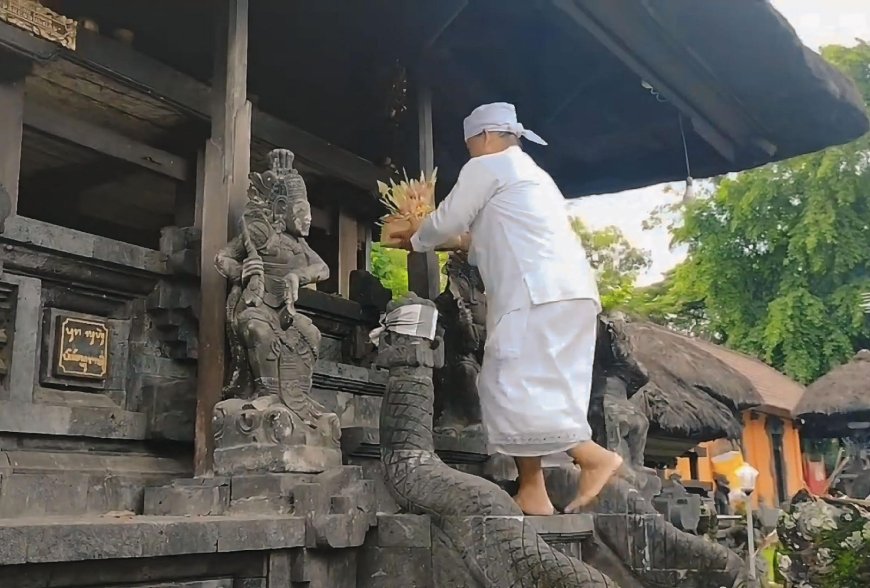
Pakendungan Sublime Temple (Source : Personal Collection)
Every 210 days, during the sacred celebration of Hari Raya Kuningan, a significant ritual known as Ngerebeg takes place in Desa Beraban. This sacred procession involves carrying the Keris Ki Baru Gajah from Puri Kediri to Pakendungan Sublime Temple. Covering a distance of 11 kilometers by foot, this ceremonial journey is not merely a religious obligation, but also a symbolic act of spiritual devotion. Through Ngerebeg, the local community offers their gratitude to the sacred keris, seeking protection from destructive forces, both in the form of agricultural pests and other negative influences that could disrupt their lives. The event also embodies the strong sense of unity and tradition among the people as they carry on this ancestral practice together.
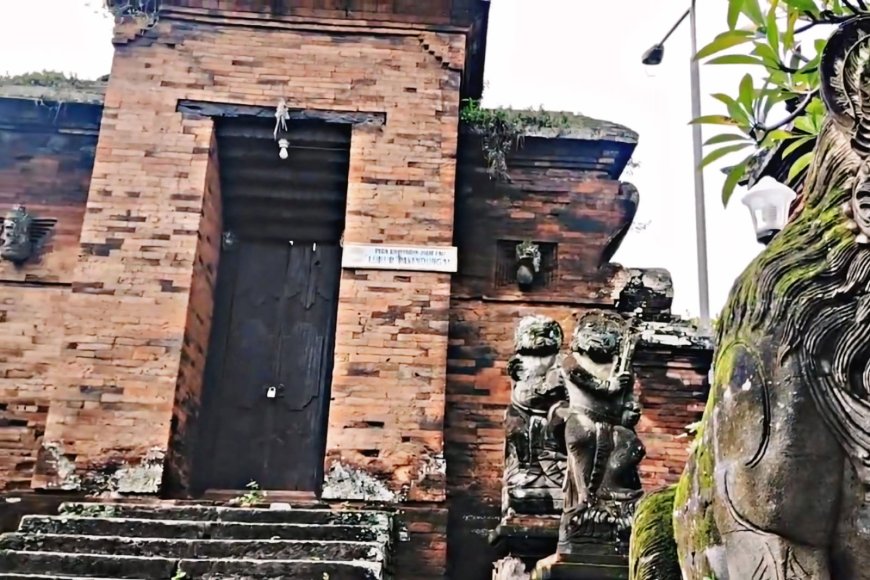
Pakendungan Sublime Temple Madya Mandala (Source: Personal Collection)
Upon reaching Pakendungan Sublime Temple, the Keris Ki Baru Gajah is placed with great reverence inside a sacred structure called Meru Payogan Ida Bhatara Hyang Sedhana Tra. This meru serves as a spiritual seat for Hyang Widhi in His manifestation as Hyang Sadhana Tra, who is believed to oversee the prosperity and welfare of the local community. The keris remains enshrined at the temple throughout the piodalan, a major temple festival that draws hundreds of devotees. During this time, the temple becomes a focal point for Hindu worshippers, who come to pray for blessings, protection, and prosperity. The presence of the keris during this ceremony is seen as a powerful spiritual anchor, offering divine protection to the entire community.
Once the piodalan comes to an end, the sacred keris is once again carried back to Puri Kediri through another equally solemn procession. This ritual, which has been observed for centuries, represents one of the most cherished cultural and religious traditions preserved by the Balinese people, particularly in Desa Beraban. Like the nearby Tanah Lot Temple, Pakendungan Sublime Temple holds a special place in the hearts of Hindu devotees, especially during Hari Raya Kuningan. On this holy day, the temple becomes a bustling center of prayer and devotion, with worshippers waiting in long lines to seek blessings for their safety, well-being, and the prosperity of their families and community. The large turnout reflects the temple’s deep spiritual significance in the lives of the Balinese people.



















































